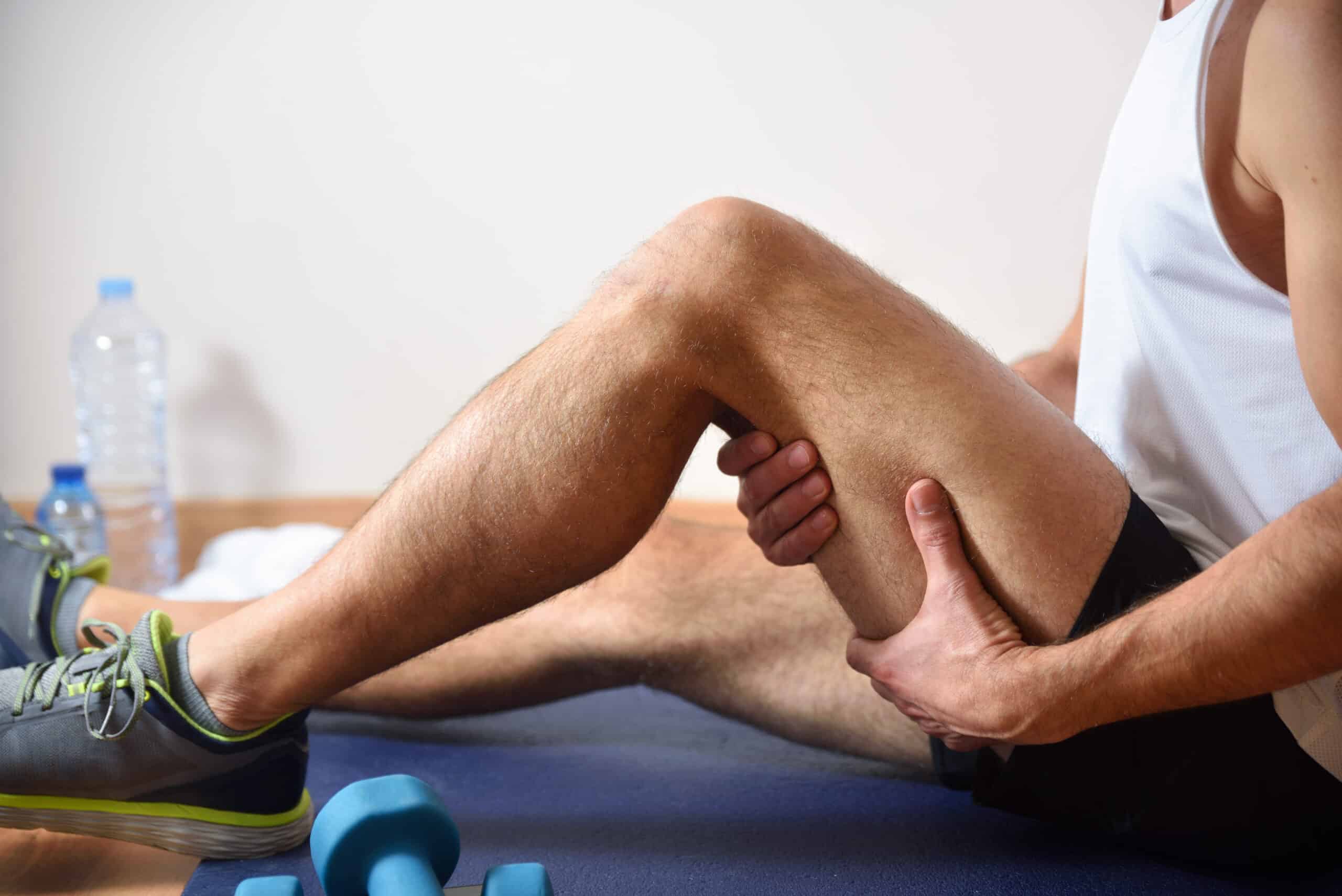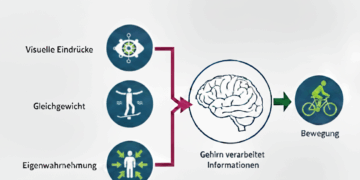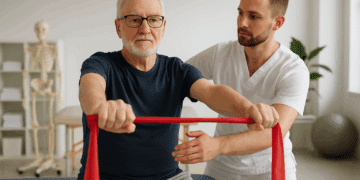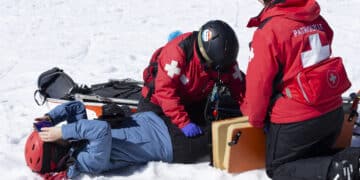The importance of time and targeted training after injuries
Please be patient and do targeted training after injuries
If you have suffered an injury, whether through sport, an accident or an operation, it is of crucial importanceyourself and your body the to give them the time they need to heal. During this phase of regeneration, your body undergoes a complex interplay of important processes aimed at repairing damaged tissue, reducing inflammation and restoring your overall health. The right training after injuries plays a central role here.
The wound healing phases
The phases of healing after injuries
Healing takes place in several stages - starting with the acute inflammation phase, followed by the repair phase and finally the rehabilitation phase. Each of these phases has specific requirements and needs for your body:
- Acute inflammatory phase: Immediately after an injury or operation, your body enters an acute inflammatory phase. This is a natural defense reaction that causes pain, swelling and redness. This phase can last several days to weeks and usually requires immediate rest as well as targeted therapeutic measures such as cold applications or gentle lymph drainage.
- Reparation phase: During this phase, your body begins to form new tissue and repair damaged structures. This can take several weeks to months. During this time, it is particularly important not to start intensive training too early so as not to jeopardize the healing process after injuries.
- Rehabilitation phase: In the final phase of healing, the rehabilitation phase, the newly formed tissue is stabilized and functionally adapted. This is where targeted training comes into play, which serves to further optimize the restored function and improve overall strength and mobility.
The importance of patience in healing after injuries
Many people find it difficult to be patient, especially in the initial stages of healing. But patience is a virtue in these moments, which not only significantly influences the healing process itself, but also the long-term chances of success of your recovery. Our practice is there to support you during this time. With methods such as physiotherapy and professional post-injury care, we ensure that you can recover optimally.
Why breaks and proper training are important for injuries
- Muscle repair: After an injury, your muscles are often weakened or damaged. Using the affected muscles too early or too intensively can delay the healing process or even cause setbacks.
- Physical regeneration: During rest periods, your body can transport nutrients and oxygen to the injured area to support the healing process after the injury.
- Avoidance of complications: Resuming activities too quickly increases the risk of re-injury or complications such as scar tissue.
Targeted training after injuries at the right time
Once your body is stable enough in the rehabilitation phase and has received medical clearance, it is crucial to start training properly. Here too, a few basic principles apply:
- Individual training: Every person and every injury is unique. It is therefore essential to develop a training plan tailored to your specific needs. Our experts will support you with a comprehensive assessment and palpation to determine the best course of action.
- Progressive load: Training should be increased gradually, with a focus on stabilization and light strengthening exercises at the beginning. Trigger point therapy IMTT® and Dry needling can help to relieve stubborn muscle tension and improve mobility.
- Continuous monitoring: Regular check-ups and adjustments to the training plan are necessary to ensure that your body is tolerating the strain well and making progress. We test your strength so that you can objectively see your success.
Benefits of targeted training after injuries
Targeted training after injuries offers numerous benefits that are essential for a full and lasting recovery:
- Restoration of functionality: The functionality of the injured areas is restored through targeted exercises. This affects both mobility and muscle strength, which is crucial for returning to everyday activities and sports.
- Improvement in muscle strength: Muscle atrophy and weakness can occur after an injury or operation. Targeted training helps to rebuild and strengthen this muscle group, which also reduces the risk of re-injury.
- Increase in mobility: Injuries and the subsequent periods of rest can lead to stiffness and restricted movement. Targeted stretching and strengthening exercises can slowly and gently improve mobility.
- Pain relief: Targeted training can release muscle tension and improve circulation, which helps to relieve pain. Methods such as the Trigger point therapy IMTT® and dry needling are particularly effective here.
- Promotes balance and coordination: After an injury, it is often necessary to retrain balance and coordination. This is particularly important in order to avoid falls and incorrect loading and to improve general motor control. A stabilized balance system contributes to overall safety and efficiency of movement.
- Psychological benefits: Returning to a structured exercise program also has psychological benefits. It provides a sense of normality and control, which contributes to motivation and engagement in the rehabilitation process. In addition, physical activity has a positive effect on general well-being and mental health.
Long-term prospects for training after injuries
Long-term success in rehabilitation and training after injury requires a balanced mix of patience, breaks and targeted training. This not only leads to healing of the current injury, but also improves your overall physical condition and reduces the risk of future injuries.
By emphasizing a patient-centered approach, we ensure that you feel supported every step of the way to a full recovery. Our team is ready to guide you with expert advice and innovative treatment methods. Put your trust in our expertise and let us work together to restore your health and performance. We are here for you.
With our comprehensive approach to post-injury rehabilitation and targeted training, we want to ensure that you not only get back on your feet faster, but also return to your everyday activities and sporting pursuits stronger.
Categories
- Osteoarthritis
- Leg
- Extensions
- Dry needling
- Elbow
- Foot
- Balance
- Hand
- Hip
- Pine
- Knee
- Headache
- Lymphatic drainage
- Mobilization
- Muscle pain
- Myofascial therapy
- Neck pain
- Physiotherapy Höngg
- Physiotherapy Wipkingen
- Physiotherapy Zurich
- Rehabilitation
- Back pain
- Shoulder arm
- Shoulder pain
- Pregnancy
- Dizziness
- Sports
- Trigger points
- Exercises
- Lower leg
- Injury prevention
- Wade
- What to do?
- Wound healing
Neuro-focused training in physiotherapy
What is neuroathletic training (NAT)? Neuroathletic training (NAT) is a modern and holistic therapeutic approach...
Read moreAfter the cruciate ligament rupture: The way back to sport in Zurich
Your way back to sport after a cruciate ligament rupture A wrong step, an abrupt turn, a cracking sound...
Read morePhysiotherapy for seniors Zurich Wipkingen
Movement is life - even at 60+ Growing older brings with it many positive aspects: more time for family and...
Read moreKnee injury after accident what to do?
After the accident: How physiotherapy helps with knee and leg injuries in Zurich Wipkingen The way back to full fitness is...
Read more





